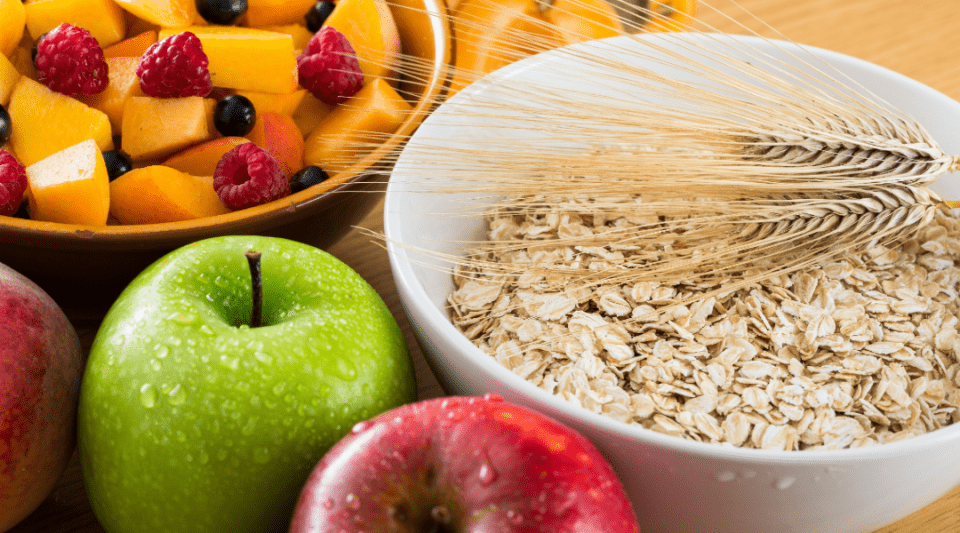Fibre has a series of physiological effects that can be advantageous for people who consume them. Benefits range from improving intestinal transit to preventing chronic diseases. This article explains the main effects of eating fibre regularly, as well as current recommendations for fibre consumption.
Beneficial effects of fibre
Diets with a high fibre content require longer to chew and, therefore, produce greater salivation. This promotes an improvement in oral hygiene and has a satiating effect by slowing down gastric emptying, thus helping in weight control.
A diet rich in fibre can also decrease the risk of cardiovascular diseases, by reducing cholesterol levels. It also diminishes the risk of diabetes by helping to control glucose levels through the production of short-chain fatty acids, which promote delayed gastric emptying.
The most well-known benefit of eating fibre is the regulation of intestinal transit. A diet rich in fibre has been shown to improve both constipation and diarrhoea. It also decreases the risk of diverticular disease (small pouches that form in the walls of the colon).
There is also evidence that a diet rich in fibre decreases the risk of colorectal cancer.
What is fibre composed of?
Dietary fibre consists of carbohydrates that are resistant to digestion and absorption in the small intestine. The process of digestion of dietary fibre by bacteria present in the large intestine is known as fermentation. This process produces gases (hydrogen, methane and carbon dioxide), energy and short-chain fatty acids, which have a beneficial effect on microbiota.
For these reasons, fibre is considered to have a prebiotic effect; meaning it acts as a nutrient for intestinal microbiota.
How much fibre should be eaten?
The World Health Organisation (WHO) recommends a dietary fibre intake of at least 25 grams per day. Foods with the highest fibre content are whole grains, legumes, vegetables, fruits, nuts and seeds. In general, at least five servings of fruit and vegetables should be eaten every day; preferably whole grains and four or five servings of legumes per week.
People not used to eating a fibre-rich diet may suffer flatulence, bloating and abdominal pain, especially at the beginning. This food should therefore be introduced gradually into the diet and its quantity slowly increased. This helps the digestive tract to become accustomed to it.
INFORMATION DOCUMENTED BY:
Dr Alberto Ezquerra Durán and Dr Elizabeth Barba, Gastroenterology Service, Hospital Clínic Barcelona.






